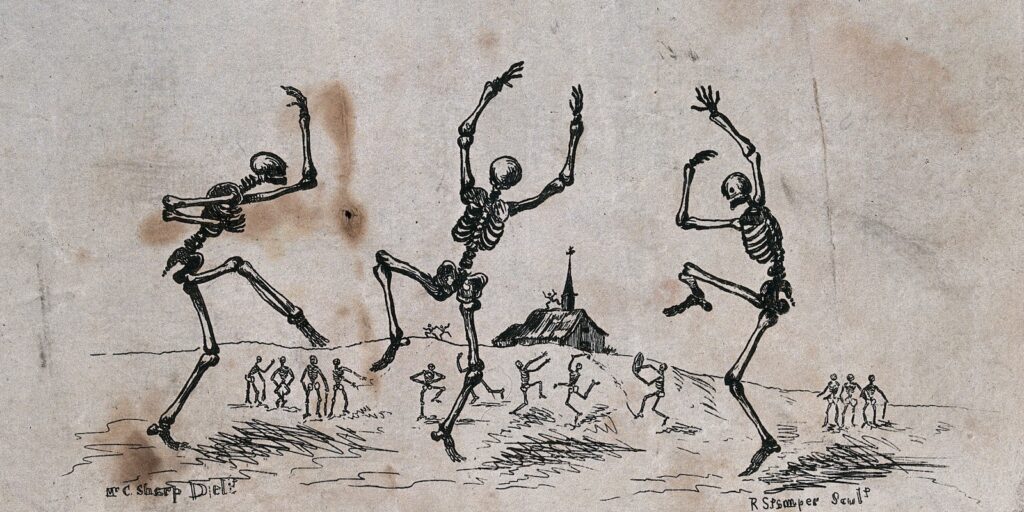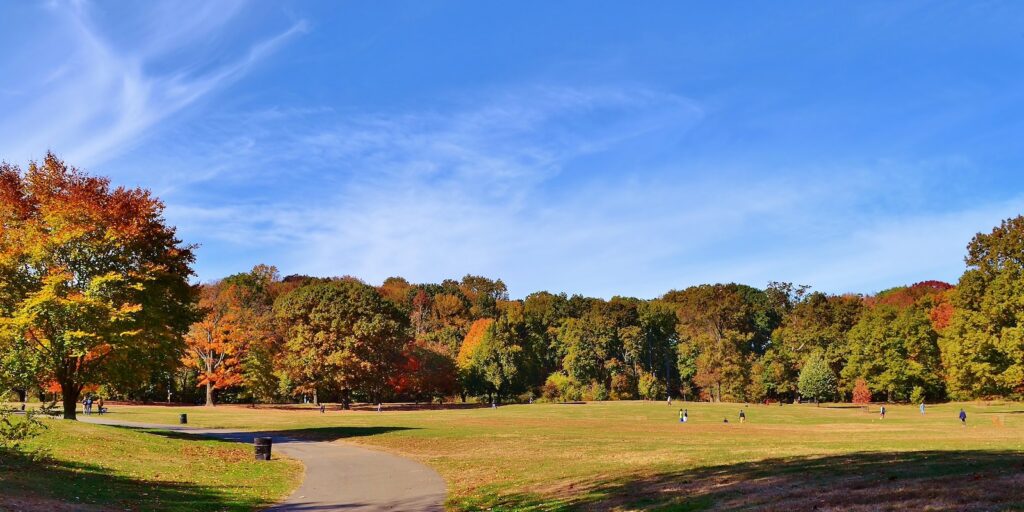The Spiritual Basis for Social Justice
Any meaningful pursuit of social justice depends on a spiritual principle.
The reason I say this is because the idea of justice depends on the idea of equality. And the idea of equality only works on a spiritual level.
The Spiritual Basis for Social Justice Continue Reading »




